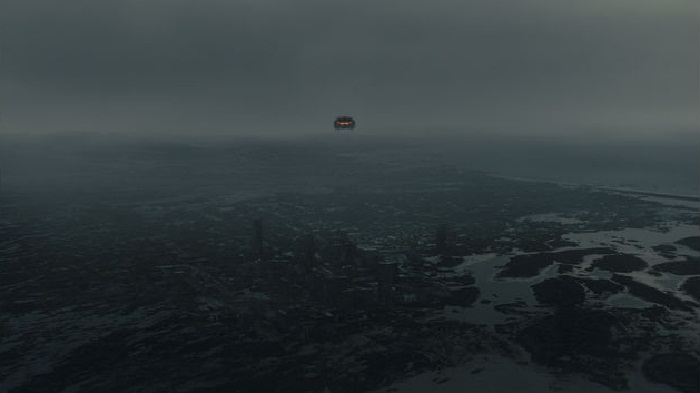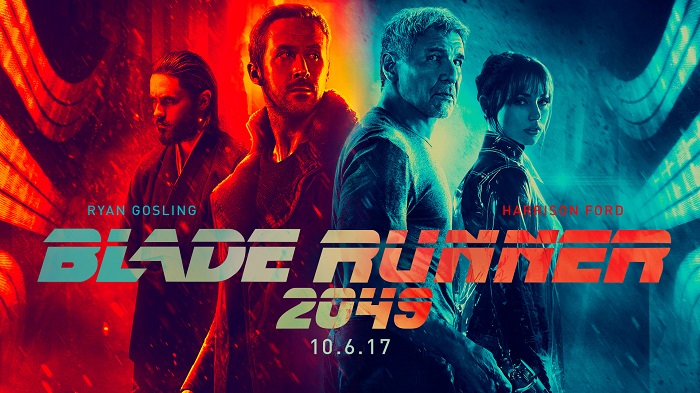
For all the prattles of Denis Villeneuve’s astute storytelling, the pièce de résistance of Blade Runner 2049 lies in its resplendent special effects. The kind of visual extravaganza on show elevated the 1982 sequel’s theatrical experience and left the viewers in an awe of it. Seldom has a movie told a story through its VFX, let alone of this scale.
Well-known studio Framestore helmed the project and indeed packed a punch. And so much that it now contends for the coveted prize at the Oscars next month.
In an interview with AnimationXpress, VFX supervisor Richard Hoover takes us behind the scenes to unravel the magic behind Blade Runner 2049’s splendid show of VFX.
How many VFX shots did you deliver in all?
We delivered 300 shots in all.
Blade Runner 2049 has such incredible VFX! Did you think you’d be able to pull it all off when you guys started out?
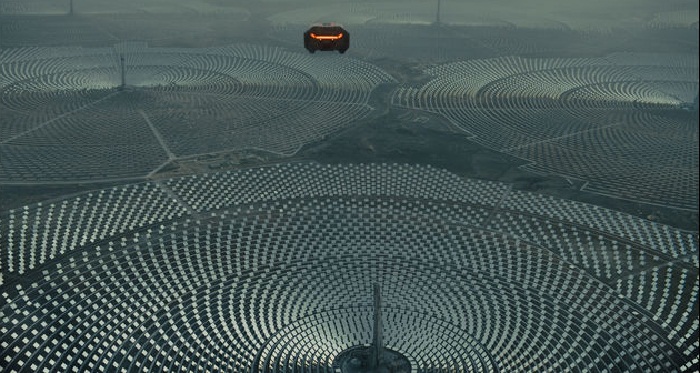
I had regular discussions with the director during the early days of shooting to work out the look and execution of our sequences. Most of my discussions with him took place on set. He would outline what he was going for in the lighting/mood of a sequence and how he expected our work to look. We had twice a week reviews during the post schedule where we discussed all aspects of the film and our shots.
Roger Deakins joined those reviews at different periods of the post-production schedule, usually when he was timing a trailer or during the DI in the final weeks of delivery.
What was your experience of working with the director Denis Villenueve?
Denis was a joy to work with. He likes to explore all options for storytelling in visual effects. So it was very collaborative.

Almost entire movie is made of breath-taking VFX. But which one was the most challenging of them all?
It’s probably a toss-up between the Las Vegas landscape and Trash Mesa environments because both are so large and complicated.
The dusty scene of K stepping out of his drone with a panoramic view of Las Vegas in the background has become so iconic. Can you enlighten us about its creation?
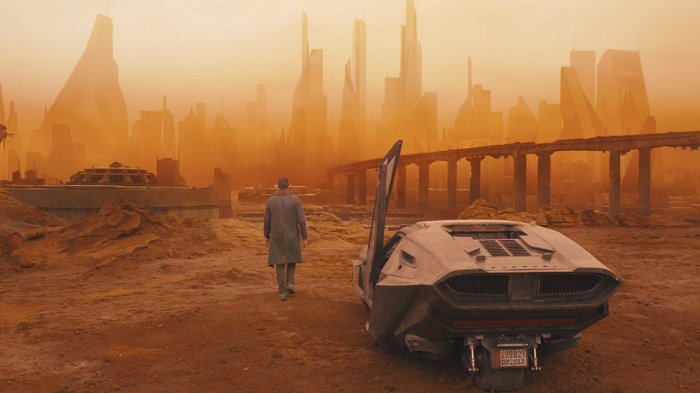
Framestore’s art department worked extensively on this area with Villeneuve. Much of the tiny details created are not fully seen in the film as a good portion of the initial shot was cut in the last weeks of post. The shot was originally 2,400 frames long and is seen at about half that length. Many props, kiosks and vehicles were designed and modelled to populate the city. The idea was to show a city where people left in a hurry.
Roger Deacon (DOP) dictated the look of the Vegas sequence by how he shot the plates on stage. He provided one photo reference for how the sun should appear through the sand storm atmosphere. With both Denis and Roger, we often discussed how far we should see into the distance. There was a very fine line between creating depth in the shots and only allowing the audience to get a hint of what was out there.
The hologram Joi was one of the biggest talking points of the movie. How did you create it?
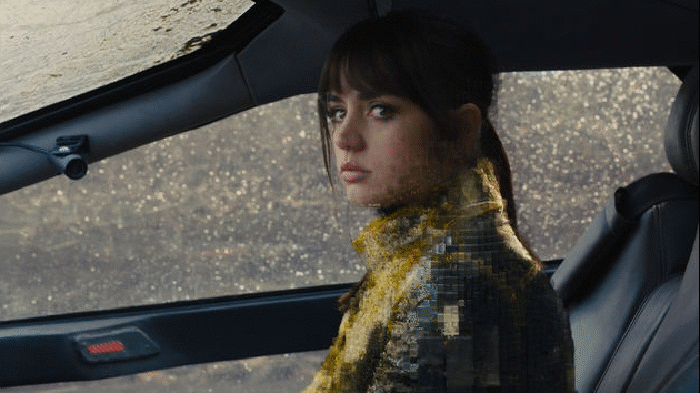
John Nelson, Paul Lambert and I met just about every Saturday during principal photography to discuss and explore ideas of how to achieve Joi. We each created our own slop comp versions using shots from a test sequence John directed prior to principal photography. We looked at all kinds of still images for texture and volume. We tried superimposing those images over the test footage to get a feel for what worked and what didn’t. We theorised what rules she would have to work for the story, the direction Denis had given us and to support the relationship between K and Joi.
How to create the hologram while being real enough to support Joi as a lover to K was always at the heart of the discussion.
Ultimately, Paul came up with the image of her back side which Denis responded to as a way to show her volume. This worked well for her interaction with Mariette in K’s apartment. The texture of Joi’s dress on her backside moving against the front side worked well to define her volume in a pleasing way. This effect combined with sync motion between the two actors blended well and supported the story clearly.
Is there a specific reason to shoot the Vegas sequences, the statuary ones, in orange lightings?

The orange filter Roger used to shoot Vegas was established during the statuary sequence. John and I thought it was equivalent to a Kodak 23a correction filter we used at Robert Able. Its properties are that it gets very yellow when bright and orange when dark and eliminates all the blue wavelength of light.
Can you tell us more about the creation of Trash Mesa?
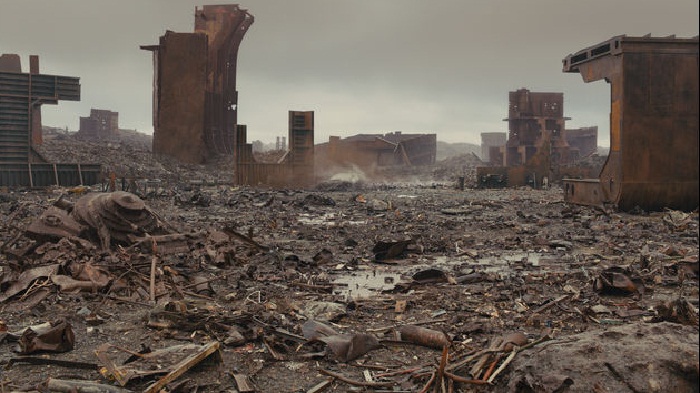
We modeled K’s spinner from reference of the full-scale prop and generated cloudy atmospheres layered with rainfall and the elongated shape of an off-world ship emerging from fog. The production built a backlot set in Hungary with a wood scaffold construction covered with dirt and varieties of trash and scrap metal backed by green screen. We generated K’s spinner car descending over the complex environment, made up of approximately 670 assets.
What were the challenges?

One of the biggest challenges with Trash Mesa was the sheer amount of assets we had to manage along with per shot changes to the environment required to meet Ville’s vision. Photographs and aerial footage of Bangladesh were used as reference to build a beach with shipwrecked tanker ships.
I was on the shoot before overseeing the post-production, which saw builds of derelict ships in various degrees of dismantlement and giant flying garbage ships. We built those from concept art as CG models, textured and animated with lights and effects simulations as the doors opened and trash fell out of the vehicles.
How was your experience of working for the VFX of Blade Runner 2049?
I was working on this show for just over a year and my favourite memory was being on set the first day and realising how much fun it was going to be.
What’s the next project you’re working on?
I’m working on a top-secret project for Disney!


